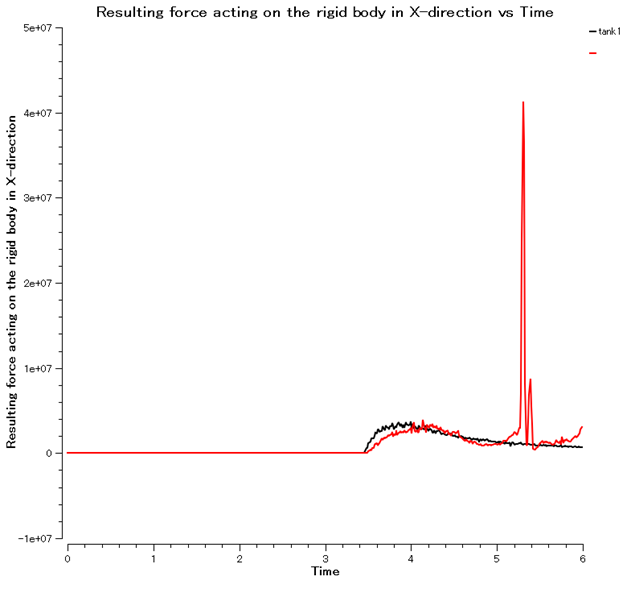By courtesy of Prof. Jun Ishimoto, Tohoku University
The second wave of a tsunami involving floating structures can have a
significant impact on land structures.
After the first wave moves back, structures are involved. Therefore, much computation time is required for the analysis of the second wave that assumes an actual made undertow (for the small tanks involved in the tsunami). So we assume only the second wave that already involves structures.
Small tank: Diameter 4m,Height 4m
Big tank: Diameter 8m,Height 8m
Number of SPH particles: 943,950
Number of nodes: 316,400
After the first wave moves back, structures are involved. Therefore, much computation time is required for the analysis of the second wave that assumes an actual made undertow (for the small tanks involved in the tsunami). So we assume only the second wave that already involves structures.
Small tank: Diameter 4m,Height 4m
Big tank: Diameter 8m,Height 8m
Number of SPH particles: 943,950
Number of nodes: 316,400
TSUNAMI Simulation

It can be seen that the second wave collides with a force of more than 10 times compared to the first wave structure.
Maximum impact force of first wave: about 3.5 MN
Maximum impact force of second wave: about 42 MN
Black line: first wave
Red line:second wave
Another case (Smaller tank size)
|
Pov-Ray によるレンダリング結果 |
|

 English
English  日本語
日本語  한국어
한국어 












